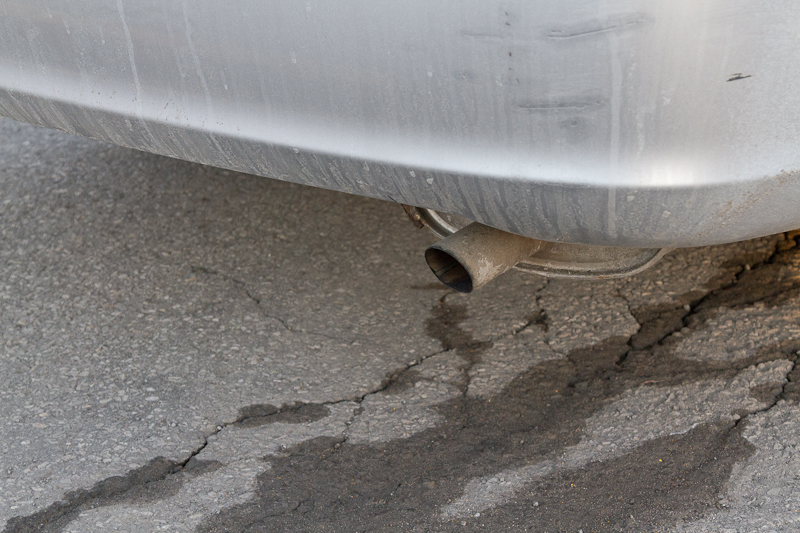
Carleton PhD student Amanda Pappin and professor Amir Hakami have for the first time put a dollar amount on the human health cost of specific vehicular emissions.
“We model how pollution moves from emission sources to different places, and also how it is transformed,” Hakami said.
These models are then combined with epidemiological models to give an estimate of how pollution that enters our system would damage our health, he said. Epidemiology is the study of health and disease conditions in defined populations.
The same pollutant, when released in different locations, will impose a different level of damage to society, Hakami said.
“How much damage is caused by a pollutant depends on a number of things. One thing is the proximity to population centres. How many people are going to breathe that pollutant in? How many will be exposed to it?” Hakami said.
Pappin said epidemiological statistics tell them what the health impact in terms of premature mortality will be for a certain change in concentration of air pollutants.
They can then measure human health costs through an economic statistic—statistical life—which tells them the willingness of a typical person to pay for a reduced probability of dying prematurely, Pappin said via email.
Statistical life makes it possible to express health effects in monetary terms, Pappin said.
The value they used was approximately $5.7 million per statistical life, based on economic studies.
“The advantage to doing this is that we can more readily compare dollar benefits to costs, because reducing emissions costs money,” Pappin said.
Pappin said this is the type of information can guide policy making, including in Ottawa.
“Looking at the light rail transit that is coming to Ottawa, they’ve projected that a certain number of cars will come off the road. If you know the number of cars that will come off the road, and multiply that by the health cost we have estimated per car, that will give you the benefit of having the light rail transit in Ottawa,” Pappin said.
Pappin and Hakami have estimated in their research that the cost per car is anywhere from $300 to $800 each year, depending on the type of car.
“We looked at the Toronto subway and estimated the annual benefit of that to be $130 million per year,” Pappin said. This information was based on the amount of cars that would come off the road as a result of the subway, and their associated health cost.
Next, Pappin wants to look at the effects of different particles in pollution, because so far she says they have only looked at the effects of two gases, ozone and nitrogen dioxide.
“The health effects associated with particles are thought to be much more substantial than gas based pollutants,” Pappin said.
“I think the benefits will go up significantly when we consider those,” she said.





